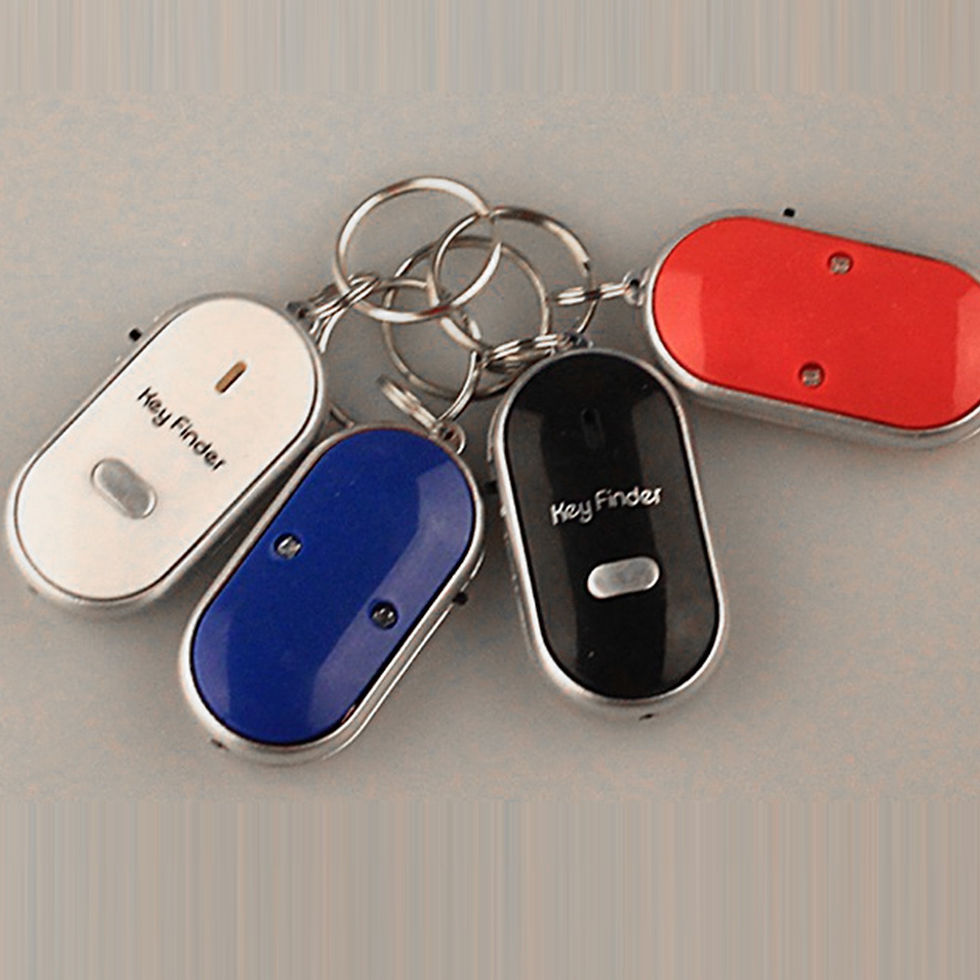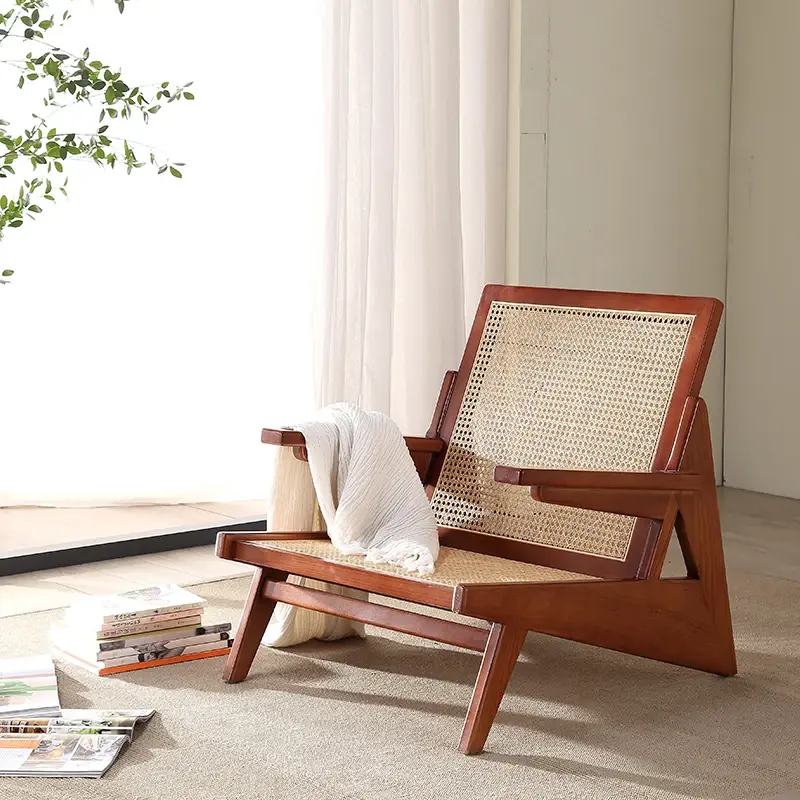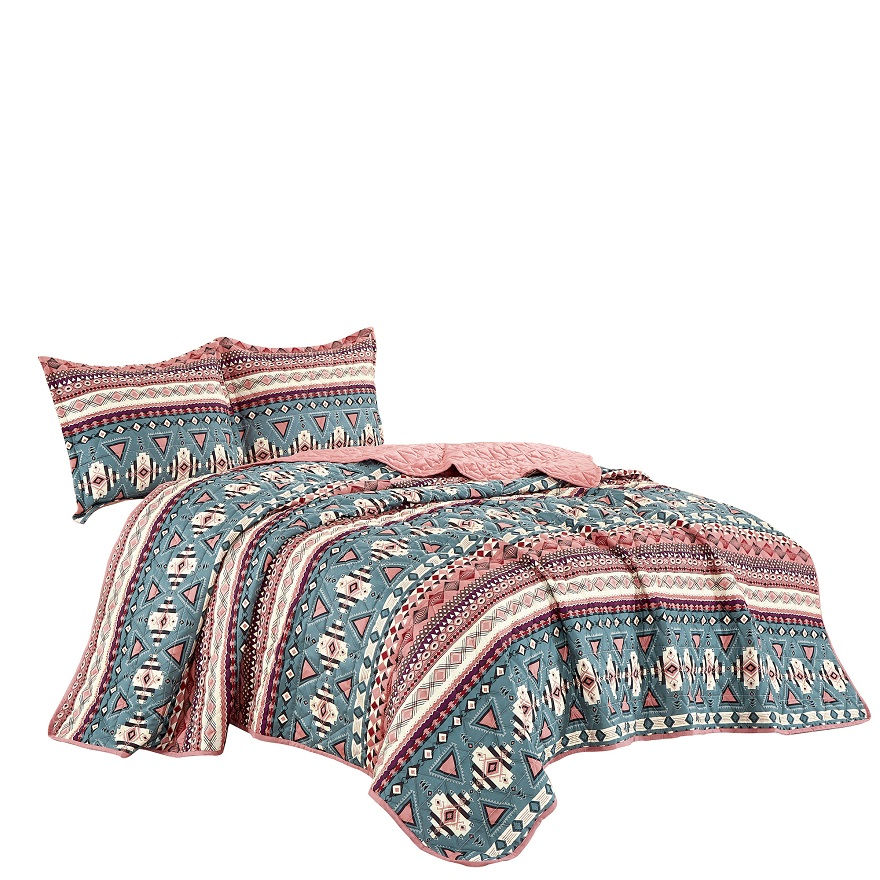Pilates For Beginners: part three (flexion & extension)
- Teacher

- Oct 30, 2014
- 3 min read
Hi Beauties!
I’m back with another workout in the Pilates For Beginners series. Today we’re talking all about the spine and how to achieve healthy, safe flexion and extension.
If you’re just joining us, be sure to check out the past posts and videos to get caught up:
Flexion & Extension
As we discussed in part one, a healthy spine is a mobile spine.
In fact Joseph Pilates believed that “if your spine is inflexibly stiff at 30, you are old. If it is completely flexible at 60, you are young.” There is so much truth in that statement. If your spine is stiff and your body aches, how well are you able to enjoy daily life? It’s important to maintain a healthy, mobile spine so that you can engage in life free of pain and able to enjoy all that it has to offer.

This is a rich topic that we could spend hours on, but for today’s purposes we’re going to keep it simple and focus on the basic principles that will help you get more out of your Pilates workouts.
The science of Contrology (Pilates) disproves that prevalent and all-to-trite saying, “you’re only as old as you feel.”The art of Contrology (Pilates) proves that the only real guide to your true age lies not in years or how you THINK you feel but as you ACTUALLY are as infallibly indicated by the degree of natural and normal flexibility enjoyed by your spine throughout life. -Joseph Pilates
The spine is made up of 33 bones. 24 vertebrae, the sacrum (which is 5 vertebrae fused together), and the tailbone/coccyx (4 vertebrae fused together).
The spine acts as a protective tube for the spinal cord which is the information pathway that sends information from the brain to the rest of the body.

photo credit: drawing books.org
The spine also allows our bodies to move. Thank goodness! A healthy, functioning spine is able to move in a variety of different directions. We can flex, twist, extend, and rotate to accomplish daily tasks and activities.
Today we’re focusing on two types of movement:
Spinal flexion (forward bending)
Spinal extension (back bending)
Spinal Flexion
Flexing the spine is a common movement in Pilates. Think chest lift, the hundred, roll ups, etc. It can feel really lovely when done right, and can add strain or pain when done incorrectly.
In today’s video we’re going to focus on how to create length in the spine while flexing. I want us to get out of the mindset or habit of “crunching” and into the mindset of lengthening forward.
When lying on your back and doing ab exercises, do you ever think about where in your spine you should be flexing? Or do you just throw your chest up at all costs?
An interesting fact is that the rectus abdominis (the “6 pack” muscles) connect all the way up at the 5th rib, right in the middle of your rib cage. Many of us think that the abs stop at the bottom of the ribs. Understanding where this muscle connects can make a big difference in the quality and effectiveness of our ab work while reducing the amount of strain in the neck.
More on this in today’s video…

Spinal Extension
Extension may be one of the most important types of movements we do today. With all of the forward, flexed activities we repeat throughout the day (typing, texting, driving, reading, cooking, holding babies, etc.) it’s important to keep the upper back muscles strong and the spine moving into extension to avoid back pain and poor posture.
In today’s video we’ll go through some basic Pilates exercises to strengthen the muscles of the upper back to counteract the amount of flexion performed in most workouts and daily life.
Keep in mind, not all exercises are safe for every individual. If you experience back pain I recommend speaking with your doctor or a respected physical therapist prior to beginning a new exercise program.
Enjoy today’s workout and let me know how it goes!
xo,

PS – if you feel extra tight in your upper back you may also benefit from Foam Roller Video: computer shoulder care, and Daily Exercises For A Healthy Spine.
PPS – you can sign up for the free Pilates For Beginners program here!

























































































Comments